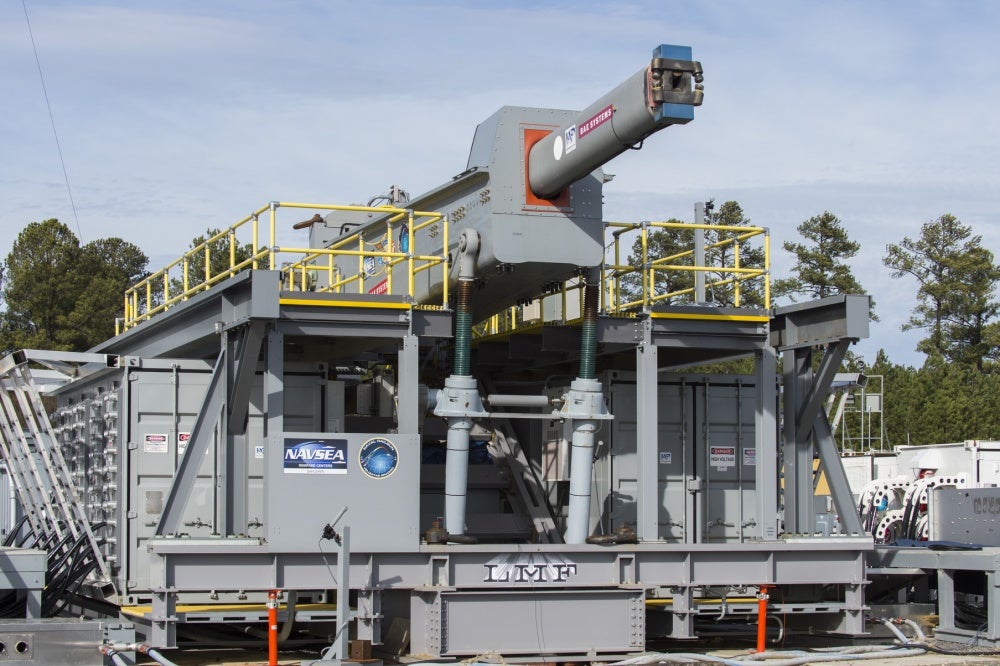US Navy Drops Rail Guns For Hypersonic Missiles
The US Navy’s long and fascinating effort to develop an electromagnetic railgun has come to a sudden halt as the US Department of Defense has decided to focus on developing hypersonic missiles. Cuts to Navy funds forced it to stop its work on railguns. The DoD instead has decided to focus its efforts on hypersonic missile technology, seeking to match and surpass both Russia and China who continue to put more effort into their missiles.
It had previously been hoped that the new kinetic weapons would equip the new Zumwalt-class destroyers. According to Matthew Caris, a defense analyst at Avascent Group, the cancellation of the railgun development program was caused by factors that could not be overcome at this stage of the project. Namely, in comparison to hypersonic missiles, the railguns lack the range and there were various difficulties in implementing the technology. Bryan Clark, an analyst at the Hudson Institute states, that one of the issues of the railguns is the heavy wear of the barrel that has to be changed after merely a dozen of shots. The Program began in 2005, with a test bed weapon, a 32 Megajoule prototype, delivered by BAE Systems with testing beginning in the mid 2010s. In 2017, the US Navy released a video of a successful firing of the weapon.
On the other hand, the Russian Federation and the People’s Republic of China continue their steady development of hypersonic missiles quite rapidly. The newest Russian hypersonic missile, the Kh-47M2 Kinzhal, is reportedly capable of traveling a distance of 2,000km at maximum speeds reaching Mach 12. The Russians have also been working on the Tsirkon Hypersonic Missile for their navy.
Read More About Naval Missiles Here
Clark previously stated that the significance of the rail guns development race is rather limited. He noted: “you are better off spending that money on missiles and vertical launch system cells than you are on a railgun.”
The decision to switch focus to the development of naval hypersonic missiles may disappoint elements of the US Navy who felt the weapon offered significant capabilities. However, the dominance of long-range guided weapons at seas seems to dwarf the sci-fi-like concept of shooting fast projectiles over much shorter ranges. Funding may also be allocated to directed-energy weapons such as lasers and other electronic warfare systems. The question remains whether the Navy will return to the idea in the future, but for the moment, the Pentagon considers projects with more potential the priority.

